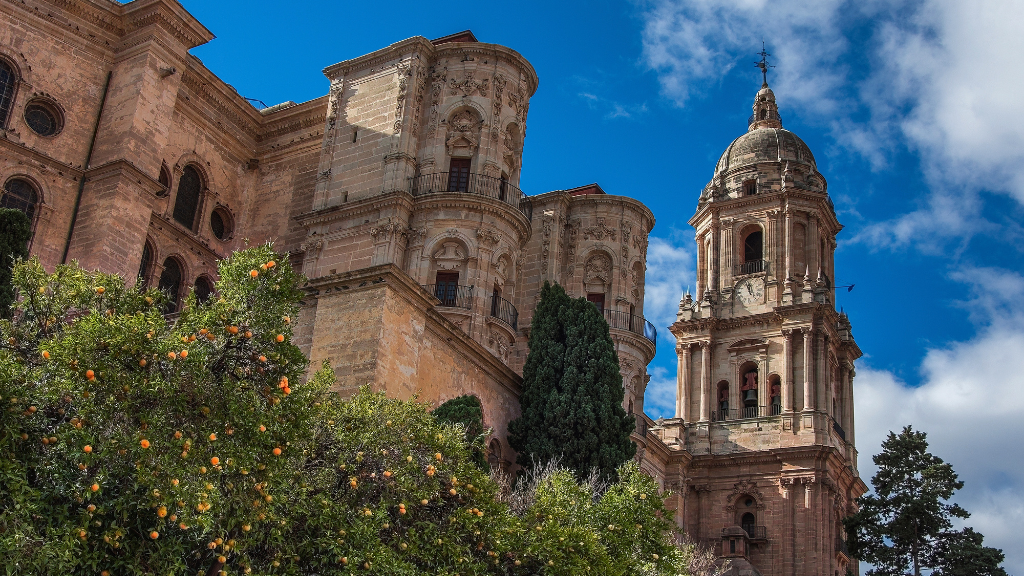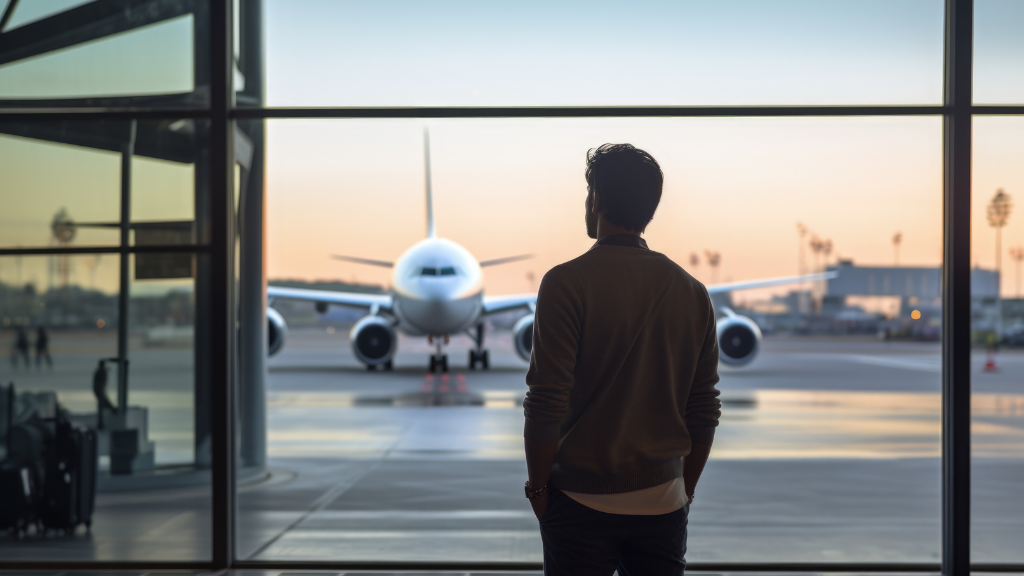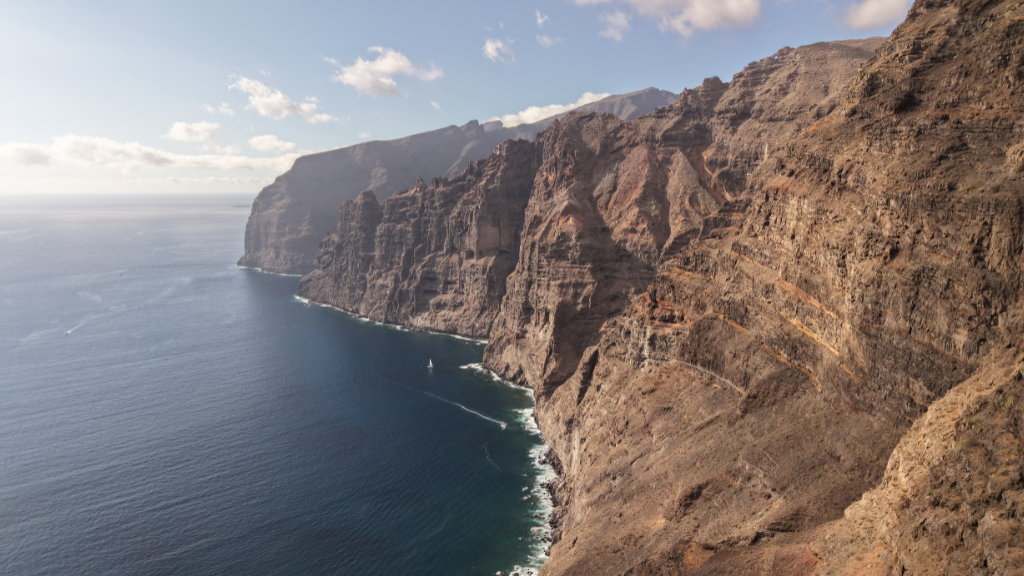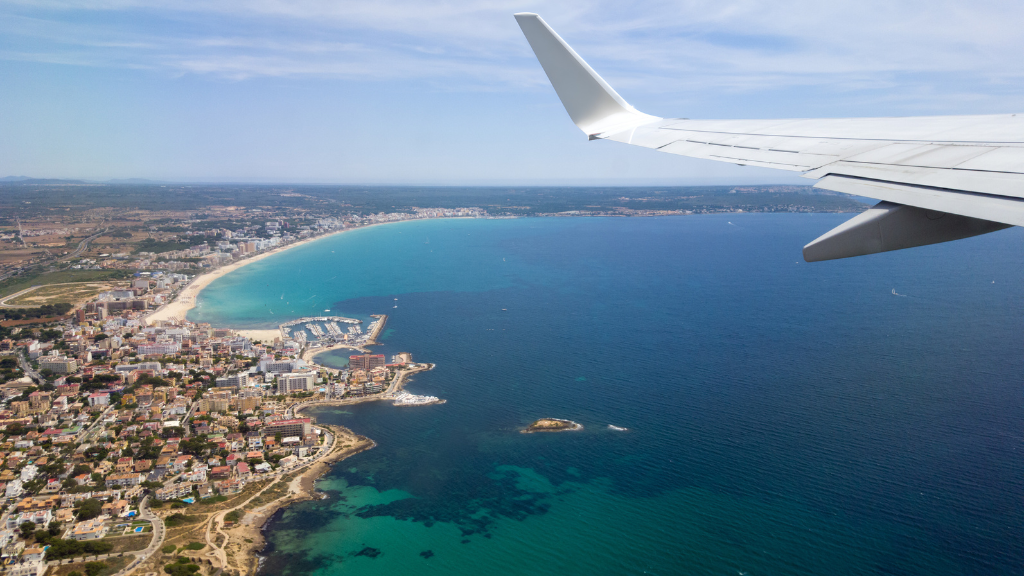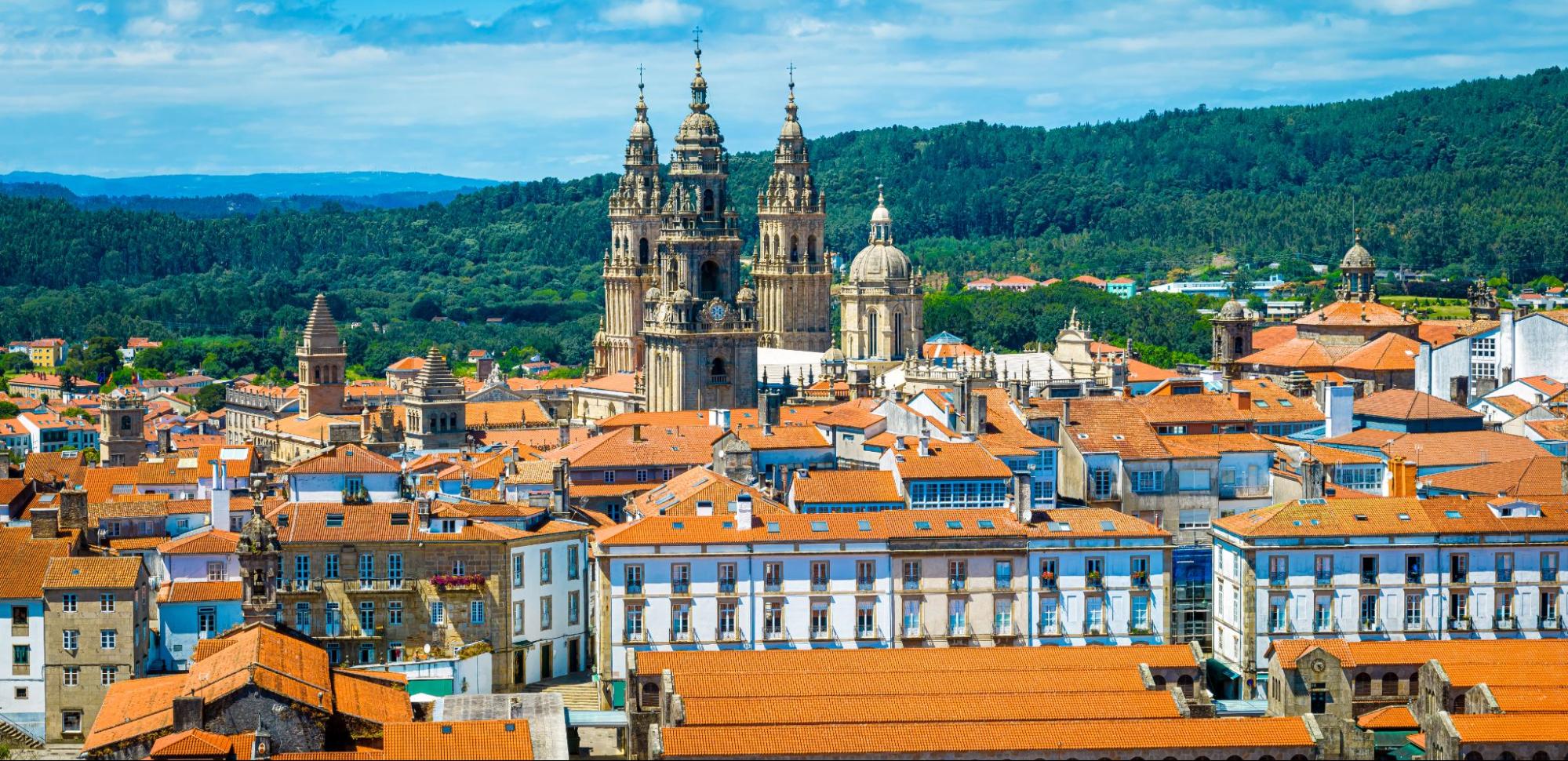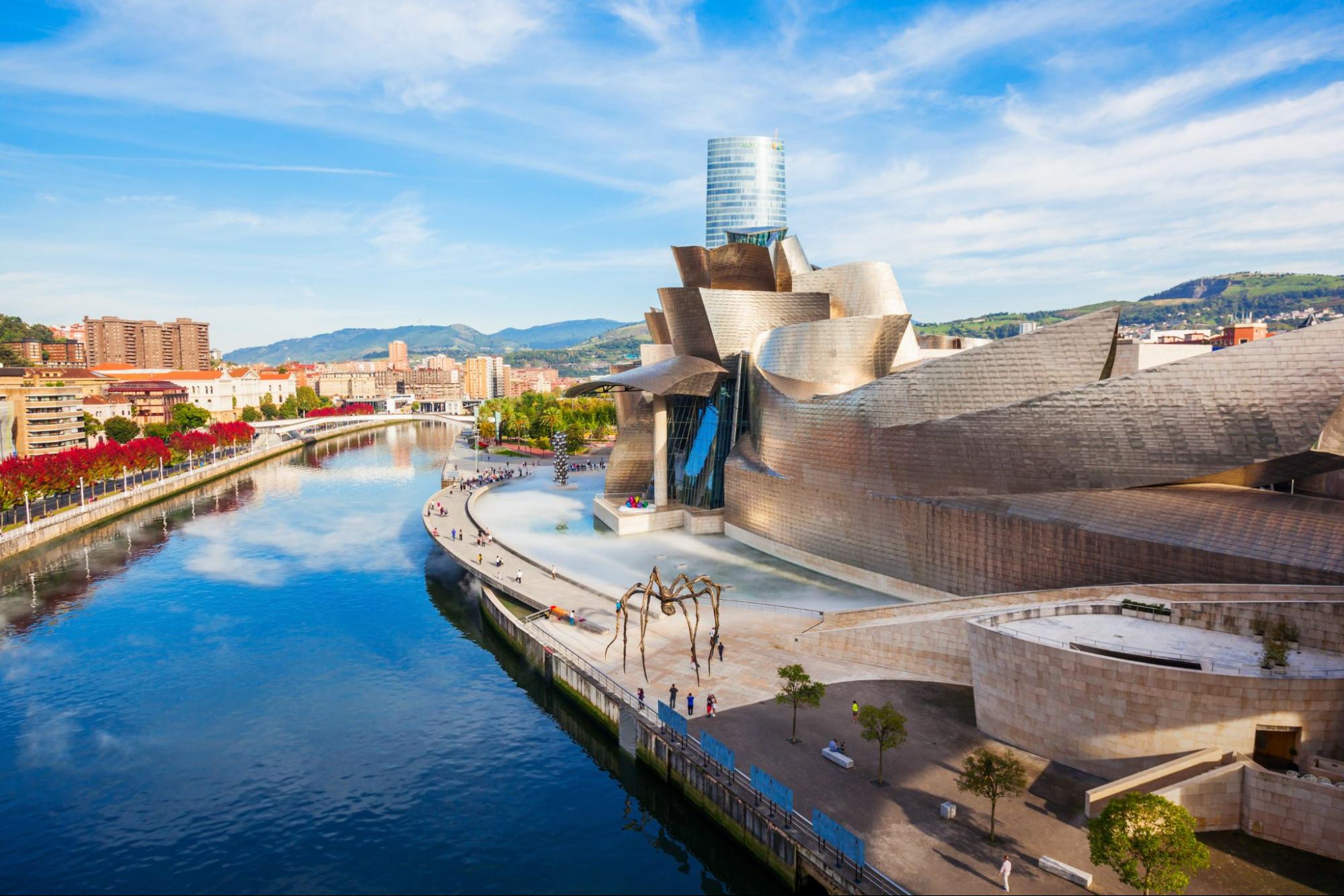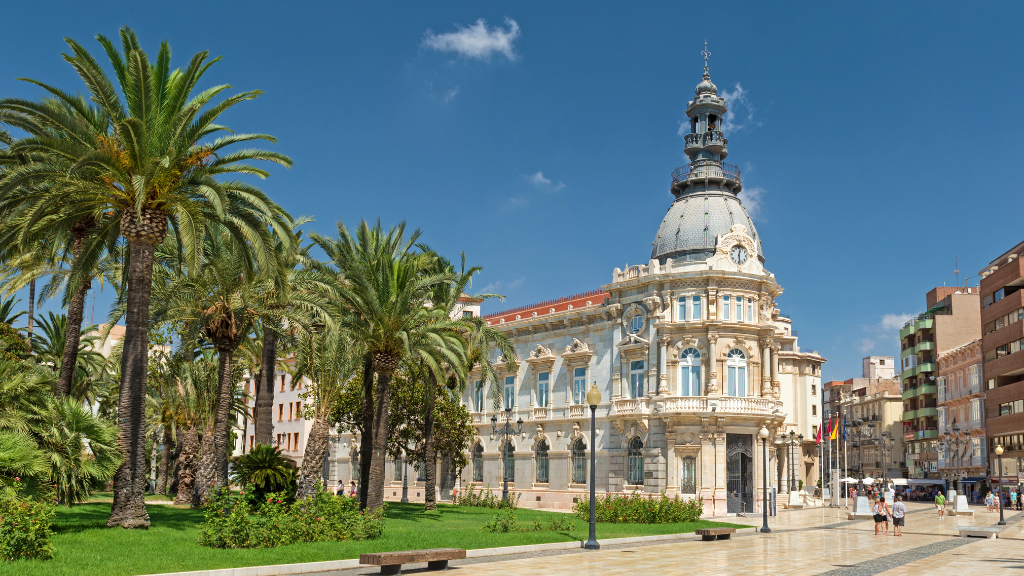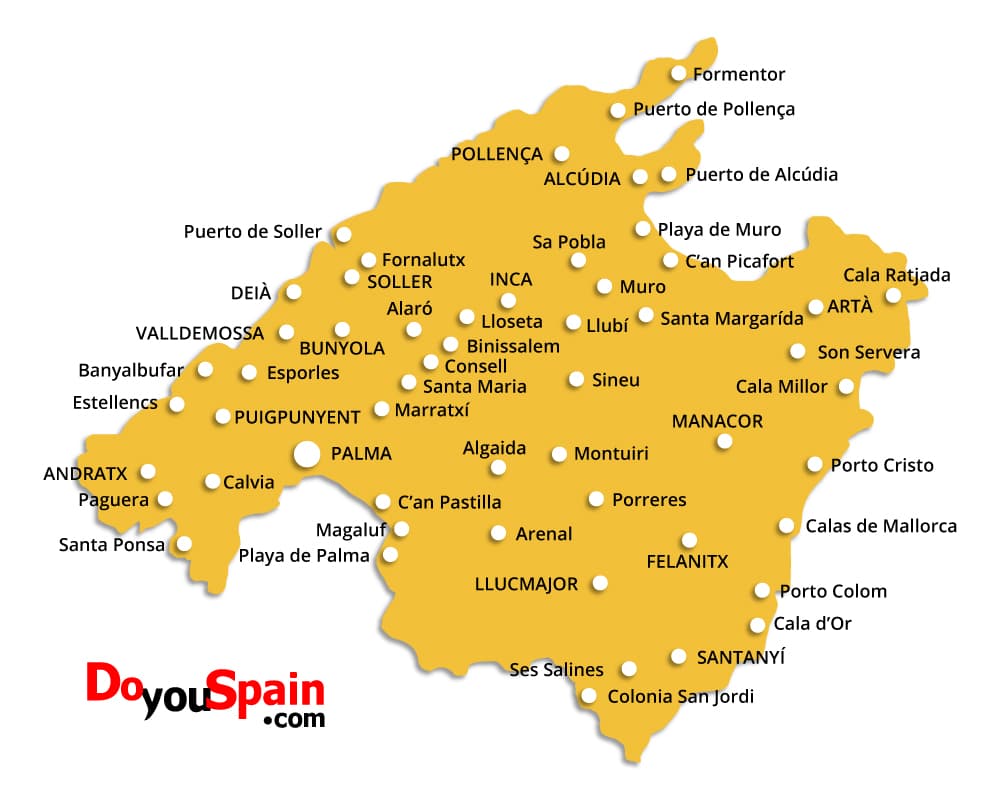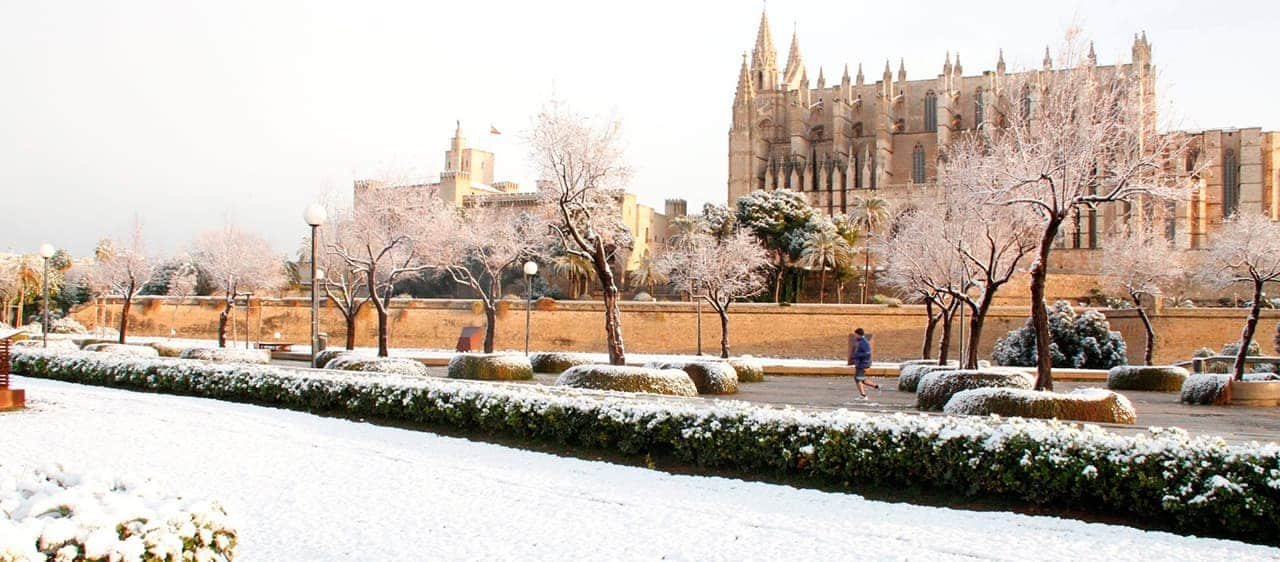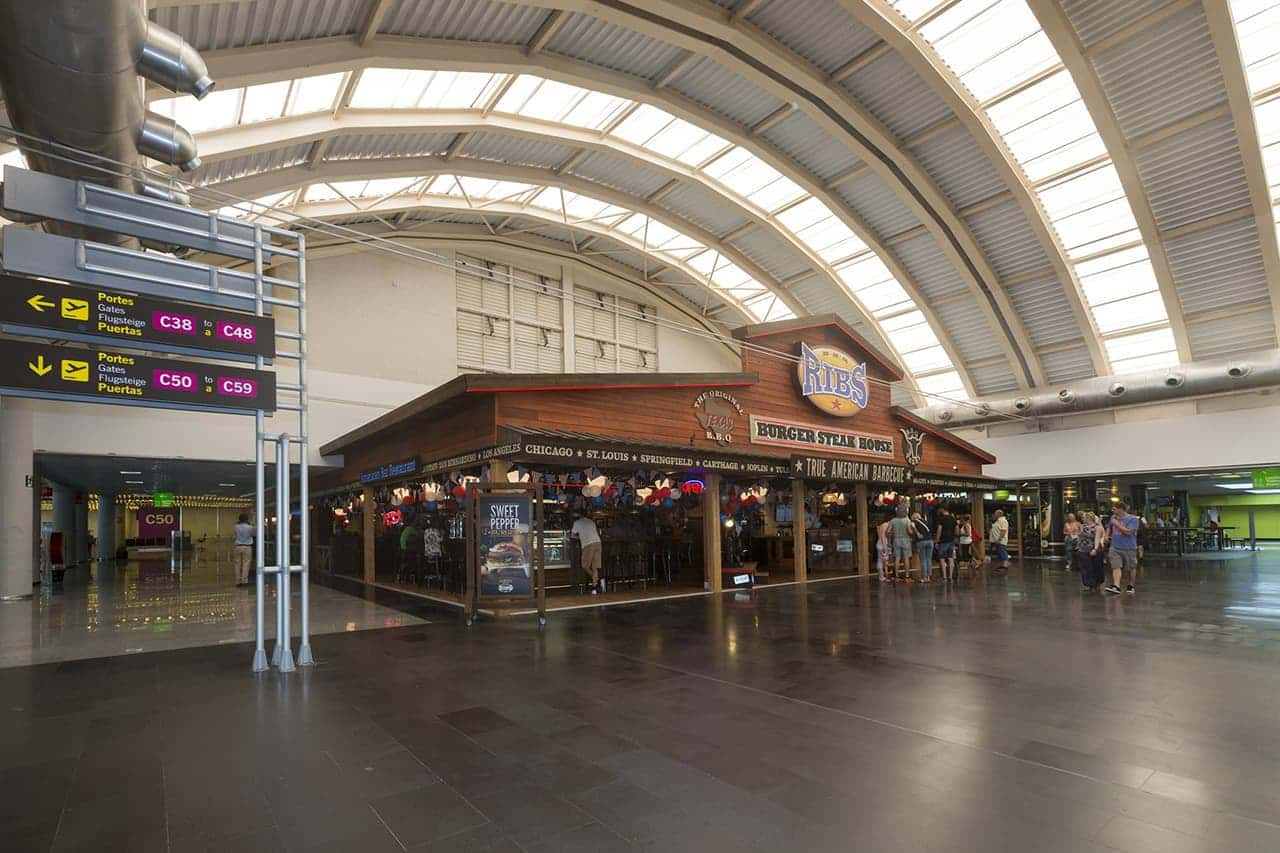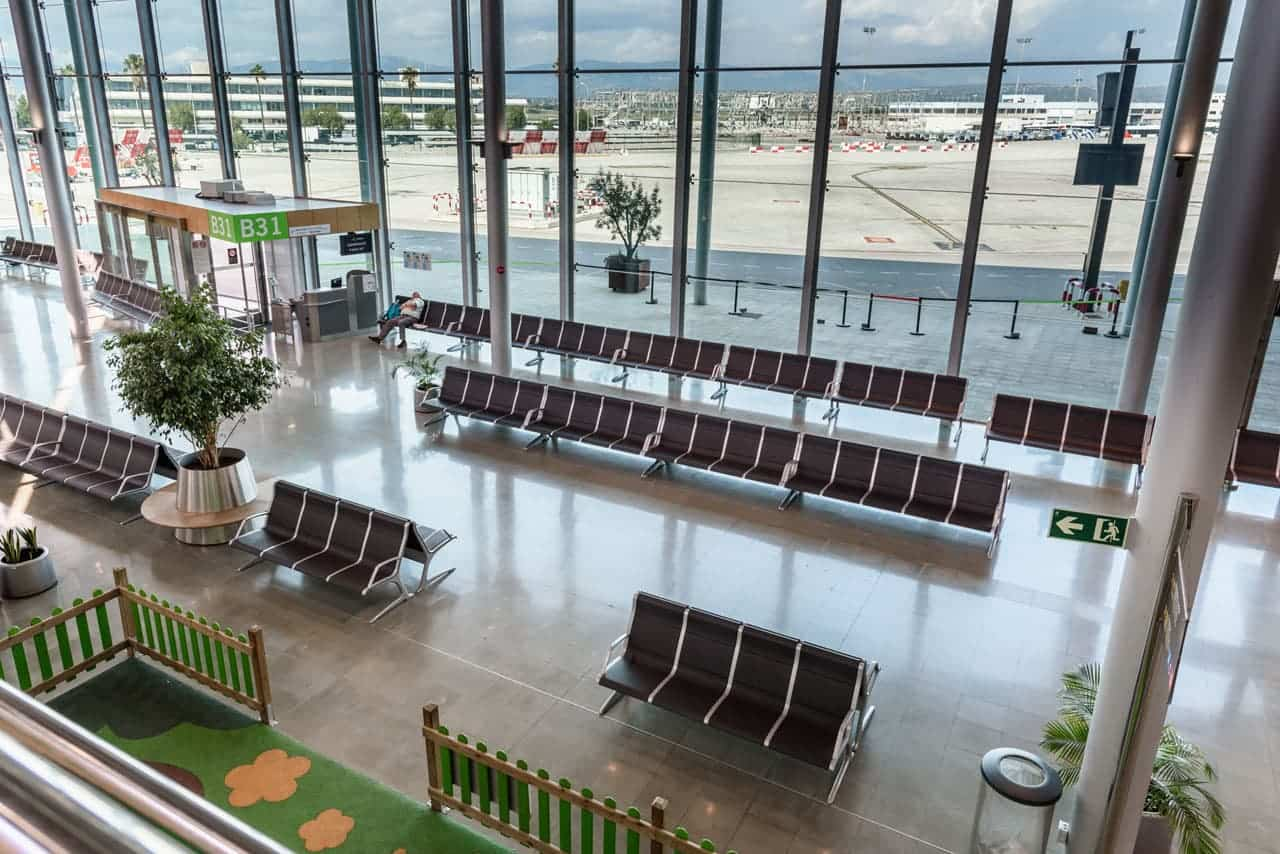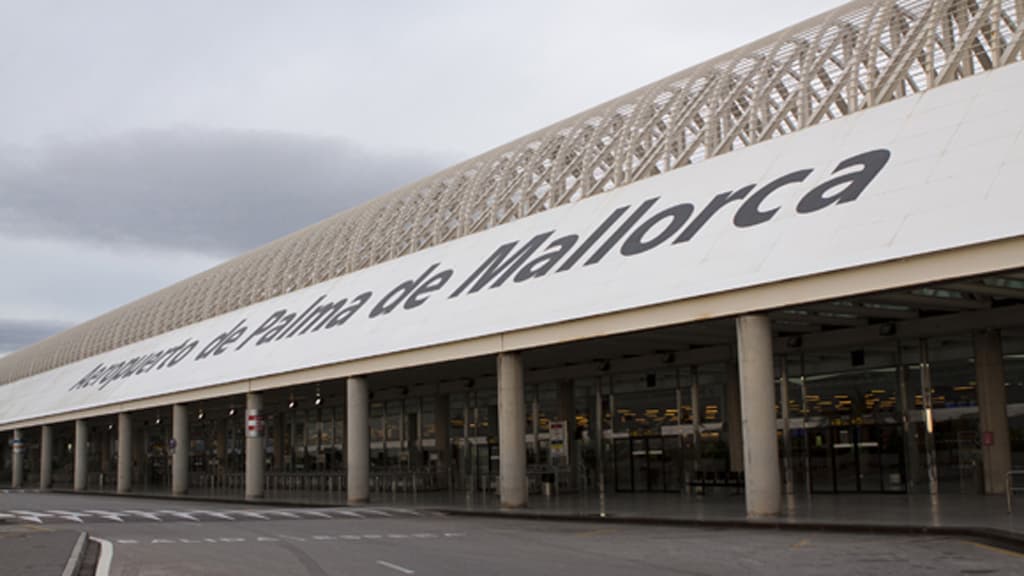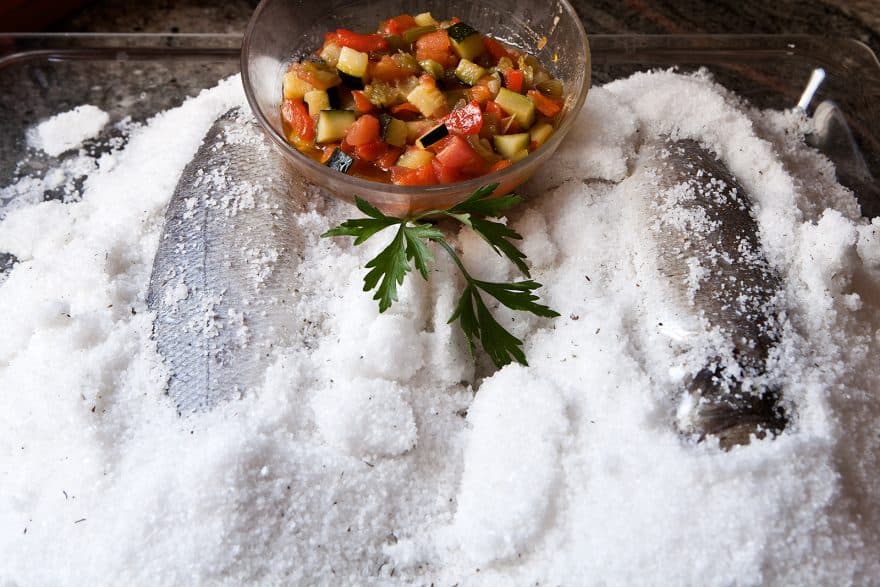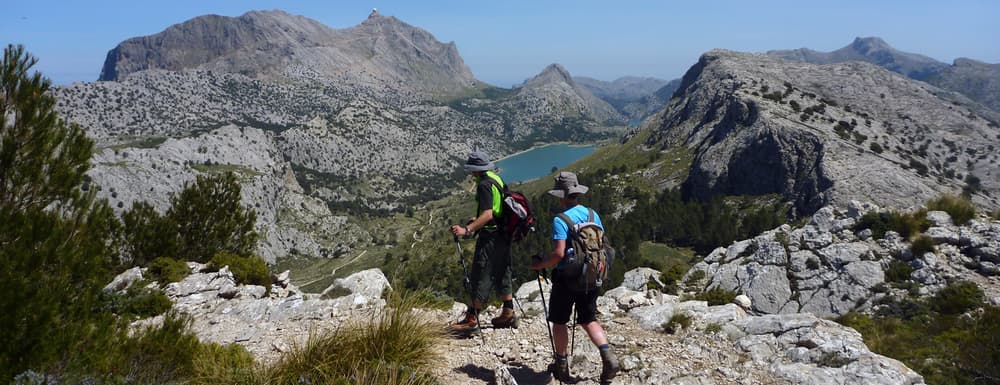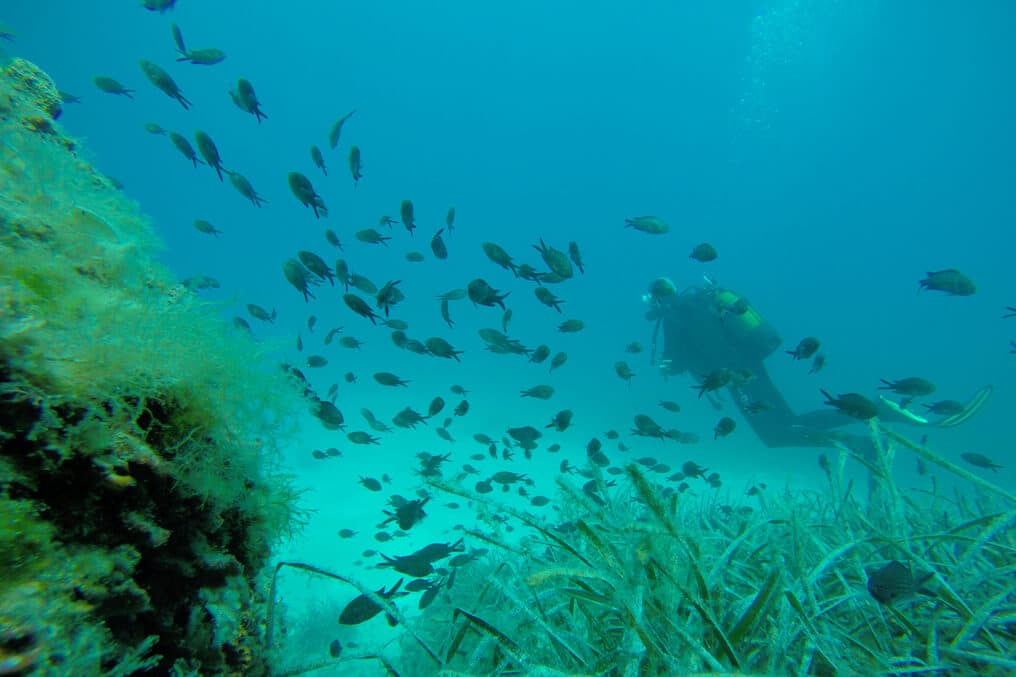Mallorca travel guide: All you need to know about the island
Mallorca is a land of diversity, contrasts and discovery. Get ready to explore every aspect of the island and be surprised by all it has to offer. Whether you are a visitor seeking new experiences or simply wish to learn more about this Mediterranean paradise, here you will find the perfect guide.
Mallorca is five times larger than Menorca or Ibiza. The Tramuntana mountain range rises to almost 1,500 metres and dominates the northwest of the island, offering a beautiful display of almond blossom in spring and occasional snow in winter.
Palma de Mallorca Airport is one of Spain’s most important, especially for international traffic (notably from Germany and the United Kingdom). It is also among the airports that welcome the highest number of domestic tourists each year.
The main terminal consists of six interconnected buildings, designed to provide comfort and efficiency for passengers. At the airport, you will find conference rooms equipped with the latest audiovisual technology, a VIP lounge, extensive parking with dedicated business areas, and a wide range of shops, cafés and restaurants — more than 25 shops and 20 dining options in total.
Thanks to its privileged location, Palma has long been a meeting point for diverse Mediterranean cultures. Today, only a few Roman and Muslim remains survive, yet the city centre’s main streets still follow layouts created more than a thousand years ago. Its buildings reflect a fascinating blend of architectural styles that showcase the island’s diversity.
Upon arrival, a visit to the Cathedral of Palma de Mallorca is a must. Attributed to King Jaume I, the temple houses the largest Gothic rose window in the world (12.5 metres in diameter) and valuable works of art, including a chapel painted by the Mallorcan artist Miquel Barcelo.
Palma’s old town is a maze of narrow streets where Gothic and Renaissance constructions coexist. The Plaza de Cort hosts the 17th-century Baroque town hall, while the Passeig del Born and Plaza Mayor are lively areas filled with palaces, 19th-century residences and fashionable shops. Other highlights include the Rambla, Avenida de Jaime III, and the Jonquet district, now home to galleries and restaurants, with its traditional windmills still standing.
Historic monuments capture the essence of the island’s past: the Arab Baths, one of the few surviving Muslim monuments in Palma; the Palacio de la Almudaina, a former Arab fortress transformed into a royal palace in the 14th century; La Lonja, and the Castell de Bellver, one of the most unique buildings on the island.
Mallorca is full of charming villages — coastal, fishing or rural — that offer an authentic experience. In this guide, we highlight the ones you simply cannot miss.
Located in the north of Mallorca, Pollensa is one of the island’s main attractions. It combines water sports, beautiful coves, stunning views and rich cultural heritage. Highlights include the Calvario, with its 365 steps and panoramic vistas, and the Cape of Formentor, home to Cala Figuera, Cala Murta and the famous Colomer viewpoint.
The Sanctuary of Lluc is Mallorca’s spiritual centre. A visit is worthwhile to see the Black Madonna, the museum with religious and artistic pieces, and the Escolania dels Blauets, the boys’ choir that sings daily in the church.
Close to Pollensa, Alcudia offers the best of coast and history. It combines spectacular beaches and coves with a medieval old town surrounded by walls, where weekly markets take place. It also hosts the Monographic Museum of Pollentia and a unique Roman theatre carved into the rock.
Nestled between sea and mountains, Arta preserves part of its coastline in a natural state and is known for the Sant Salvador walled complex. Other highlights include the Hermitage of Betlem, the regional museum, and the Convent of San Antonio de Padua.
Deia retains an artistic atmosphere, with museums and peaceful terraces overlooking the Serra de Tramuntana. In summer, you can even enjoy live jazz. Soller, welcoming and full of historic houses and modernist buildings, is notable for the Church of Sant Bartomeu and its mountain trails.
Valldemossa is famous for La Cartuja, where Chopin and George Sand once lived. Visit the church with frescoes by Goya’s brother-in-law, the cloisters, and the rooms of its celebrated guests. You can also explore the Palace of King Sancho, which preserves medieval elements and has inspired figures such as Ruben Dario and Unamuno.
Mallorca boasts 550 kilometres of coastline and an incredible variety of beaches — from wide sandy stretches to hidden coves . All are renowned for their excellent water quality, recognised every year at a European level. Here are some of the best beaches, divided by area:
- Alcudia : Coll Baix, Sa Marina, Alcudia, Son Real, Arenal d’en Casat, Son Baulo, Can Picafort, Muro, Alcanada and Son Serra de Marina.
- Andratx : Peguera Palmira, Paguera-Tora, Cala Es Carregador, Cala Blanca, Cala Fonoll, Cala Marmassen, Cala Basset, Cala Llamp, Camp de Mar and Molins.
- Arta : Cala Torta, Cala Matzoc, Sa Font Salada, Arenalet des Verger and Cala Estreta
- Banyalbufar : Cala Estellencs, Cala Banyalbufar, Son Bunyola, Es Port Des Canonge y Es Corral Fals.
- Felanitx-Santanyi : Caló Des Moro, Cala Egos, Cala Es Marmols, Cala Es Marmols, Cala Ferrera, Caló des Pou, Cala Caló des Pou, Caló de Ses Dones, Esmeralda y Calo des.
- Palma : Ses Covetes, Racó de S’Arena, Es Trenc, Magaluf, Oratori de Portals, Cala Major, Portals Vells, Palmanova, Son Matias y Caló des Homo Morts.
- Pollensa : Cala Tuent, Sa Calobra, Torrent de Pareis, Cala Estremer, Cala Castell, Cala Sant Vicent y Cala Figuera.
- Porto Cristo : Cala Bota, Cala Virgili, Cala Pilota, Cala Magraner, Cala Sequer, Cala Varques, Cala Morlanda, Cala Murada, Cala Tropicana y Domingos.
- Valldemossa-Sóller : Sa Cova, D'en Repic, Port Valldemossa y Port de Sóller.
Mallorca is the most visited island in the Mediterranean, and it captivates not only with its landscapes and beaches but also with its endless culinary variety. The island’s gastronomy blends tradition and innovation, with a strong presence of both sea and land produce. Fresh fish is easy to find in the summer beach bars.
Among the most typical dishes are cap roig bullit, llobarro a la sal, anfos a la mallorquina, and the famous caldereta. Vegetables are at the heart of Mallorcan cuisine. Tumbet is a delicious dish made with aubergines, potatoes, peppers and tomato sauce, often served with fish or meat. Soup lovers will enjoy escaldum, a chicken stew with potatoes, almonds and raisin sauce, or the traditional Mallorcan soup, prepared with seasonal vegetables and bread with olive oil.
Olive oil is a cornerstone of Mallorcan cooking, starring in the popular “pa amb oli” — slices of bread with oil, salt, tomato and often Serrano ham. Rural cuisine is largely based on fritos, made with pork or rabbit offal and onions.
Mallorcan cured meats are also essential: sobrasada, morcilla, longaniza and camaiot are part of the island’s culinary tradition. In most restaurants, a small plate of Mallorcan olives, flavoured with fennel, is served as an appetiser.
Pastry deserves special mention: the ensaimada is the island’s most emblematic sweet, but panades, crespells, cocarrois and gato — a delicious almond cake — are also highlights. For those who prefer international flavours, Mallorca offers a wide variety of Asian cuisine and vegetarian options, reflecting its cosmopolitan character.
Sun, beaches and great food… what more could you ask for? Mallorca is also a paradise for sports enthusiasts and lovers of outdoor activities, with options to suit every traveller.
Thanks to the island’s mild climate all year round, you can train or simply enjoy a ride. Discover Mallorca on two wheels along coastal roads with Mediterranean views or tackle challenging climbs in the Serra de Tramuntana.
Mallorca es uno de los destinos favoritos de los amantes del golf. Y es que, en la isla puedes encontrar más de 20 campos de primer nivel (Club de Golf Alcanada, Golf Son Gual, Canyamel Golf, …) y resorts enfocados exclusivamente a este deporte.
Mallorca is an excellent destination for excursions. The Serra de Tramuntana offers beautiful routes to explore, with detailed information available at tourist offices or the Mallorca Hiking Centre.
Activities such as sailing, windsurfing and diving are among the most popular with visitors. The good weather, calm sea and wide range of courses make these sports a favourite choice for tourists.
Tennis is very popular on the island, with courts available at hotels, private clubs and schools. True fans of the sport can even visit the Rafa Nadal Academy in Manacor, Nadal’s hometown.
The best way to experience everything this island has to offer is by hiring a car in Mallorca . With DoYouSpain, you can instantly compare thousands of deals and be sure to secure the lowest prices on the island, all while enjoying the freedom to explore at your own pace.Simply choose where and when you want to collect and return the vehicle, then customise your search to suit your needs. It won’t take you more than three minutes!
